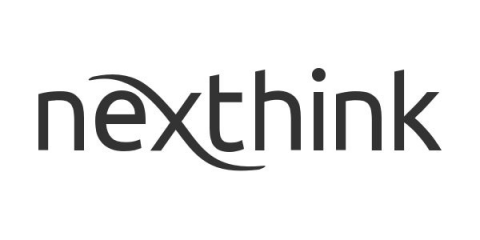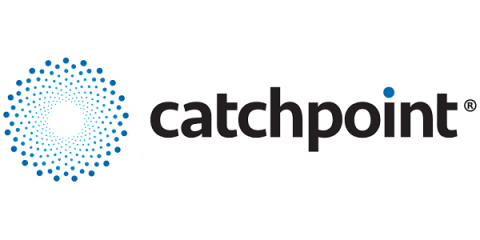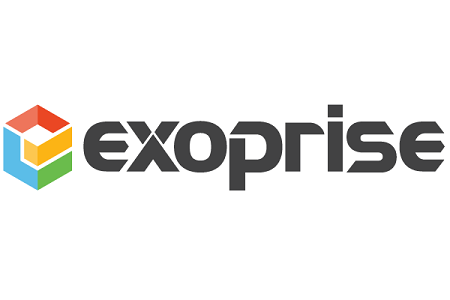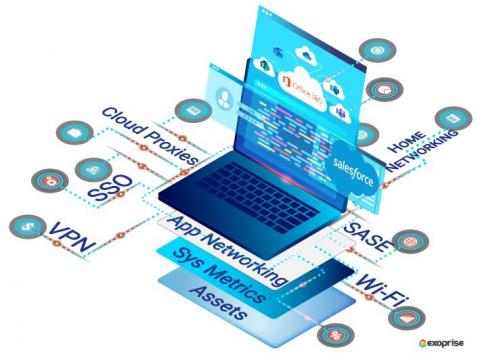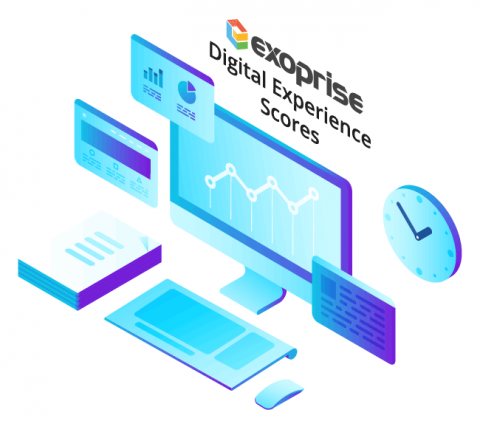Operations | Monitoring | ITSM | DevOps | Cloud
Digital Experience Monitoring
The latest News and Information on Digital Experience Monitoring for End Users, Employees and Remote Working.
3 Big Reasons to Upgrade Your Experience
As a Nexthink V6 Customer, you’re already realizing the power and value of a proactive, Digital Employee Experience (DEX) management solution: more productive employees, reduction in employee issues, and a smoother, more accelerated time-to-resolution for employee-reported IT issues.
Green IT and DEX: Impactful Change Through Employee Experience.
The fast-paced adoption of digital workplace technologies provides fantastic opportunities to improve digital employee experience (DEX). But it comes at a cost. Digital technology has a serious—and increasing—impact on our environment, with a carbon footprint of about 4% of global carbon emission (that’s more than the aviation industry’s 2.5% contribution).
5 Best IT Experience Practices Your Team Can Make Today
If you were to put 100 enterprise tech leaders in a room together and ask them if they think their company’s employee experience is dependent upon IT, I’m certain all would agree it is. But I’m also certain those 100 wouldn’t know: For IT decision-makers, the devil is in the details. Many are judged by uncompromising Service Level Agreements (SLAs) and shoddy survey data, not comprehensive digital experience trends and indexes.
Incident Review - Akamai Performance Degradation Slows Down Major Websites Worldwide
This summer has seen a series of outages and performance degradations from some of the world’s most widely used CDNs, including the June 8, 2021 Fastly outage (owing to DNS or configuration issues) and an Akamai outage on July 22, 2021 (also likely caused by DNS failure).
Exoprise Addresses Application Network Visibility Gap with Latest Digital Experience Monitoring Solution
6 Use Cases for Digital Experience Monitoring
If you live and breathe in the technology industry, chances are you are hearing Digital Experience Monitoring a lot these days. So what is Digital Experience Monitoring (DEM), and why is IT obsessed with it? With a remote-first culture brewing in every company, IT needs to ensure that employees on their machines are productive and satisfied with the performance of typical enterprise applications such as Microsoft 365, Salesforce, Workday, etc. A DEM solution collects application and desktop user experience (UX) insights holistically, giving IT a broader context for troubleshooting performance issues. Let's discuss six use cases for DEM.
Facilitate DevOps Monitoring with Synthetics and RUM
DevOps is a common name in the technology household. Teams, small or big, are embracing this concept to deliver applications faster, improve software quality, and add efficiency in the development process from the very beginning. Shortening the feedback loop leads to a cost-effective way for businesses to find and fix defects earlier in the cycle process. Plus, it lowers the software failure rate in production and minimizes time wastage for the development team.
How Does a Digital Experience Score Optimize the Workplace
User experience is subjective. For example, asking tourists visiting New York City about their experiences gives different answers. Likewise, end-users who work remotely with different resources and disparate assets can have varied experiences with their business applications. How can IT teams gather this experience data and react faster to improve experience? The answer is Digital Experience Scores.
3 Big Reasons to Upgrade to Nexthink Experience
As a Nexthink V6 Customer, you’re already realizing the power and value of a proactive, Digital Employee Experience (DEX) management solution: more productive employees, reduction in employee issues, and a smoother, more accelerated time-to-resolution for employee-reported IT issues.



